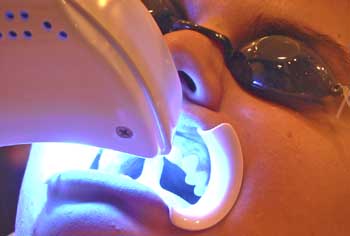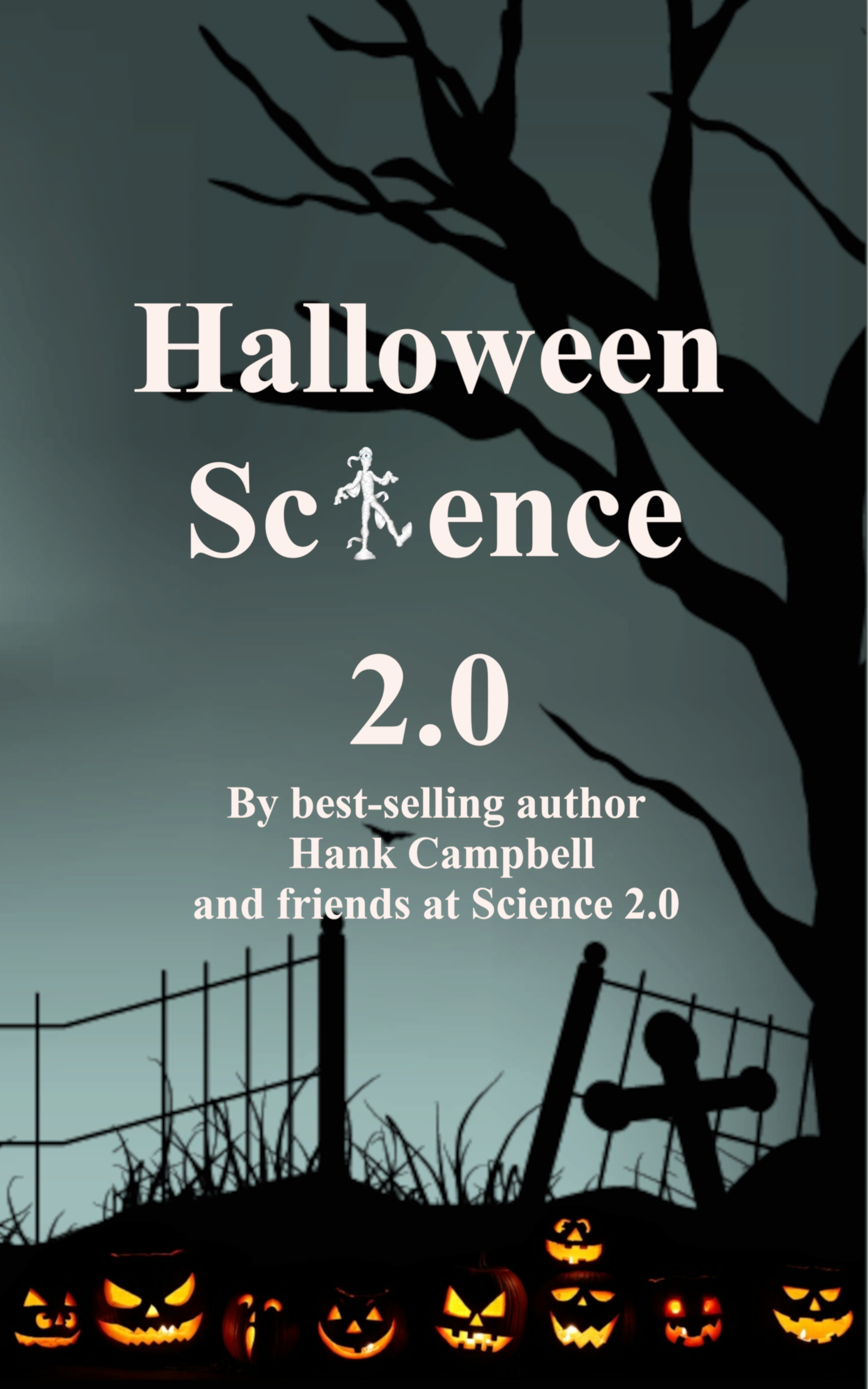And as with sunbathing, fair-skinned or light-sensitive people are at even greater risk, said lead author Ellen Bruzell of the Nordic Institute of Dental Materials.
Bruzell also found that bleaching damaged teeth. She saw more exposed grooves on the enamel surface of bleached teeth than on unbleached teeth. These grooves make the teeth more vulnerable to mechanical stress.

Want skin damage?
Tooth bleaching is one of the most popular cosmetic dental treatments available. It uses a bleaching agent – usually hydrogen peroxide – to remove stains such as those from red wine, tea and coffee, and smoking.
UV light is claimed to further activate the oxidation process, improving bleaching efficiency. The authors of the article say there is very little substantive evidence to support this claim, and their new study finds no benefit to using UV light.
Article: Bruzell et al. In vitro efficacy and risk for adverse effects of light-assisted tooth bleaching. Photochemical&Photobiological Sciences, 2009; DOI: 10.1039/b813132e





Comments